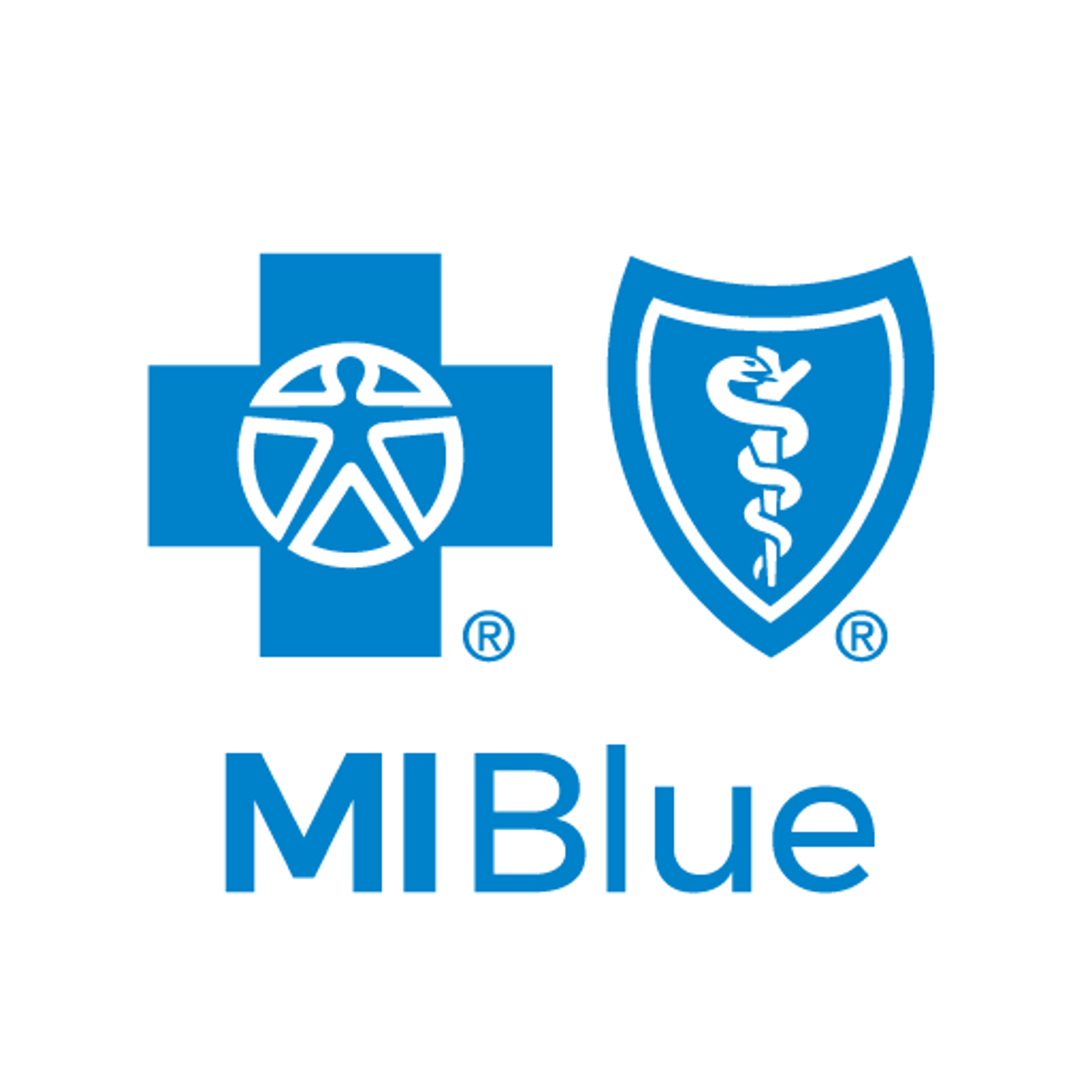
When it comes to health care, the federal government sees transparency as an important thing. However, because of contractual obligations, insurers like Blue Cross Blue Shield of Michigan have not been able to accomplish transparency goals on their own. Now there are transparency requirements that allow health plans to provide more information regarding costs. These two different sets of regulations that will go into effect for health plans over the next year.
PAYER TRANSPARENCY
In October of 2020, the federal government issued a final rule on price transparency for health insurers. This final rule includes two requirements with implementation timelines over the next 3 years. The first requires health plans to publicly display two types of files. One will show all applicable rates (including negotiated rates, underlying fee schedules, or derived amounts) with in-network providers for all covered items and services. The second file will show billed charges and allowed amounts for covered items and services provided by out-of-network providers. Timing for the posting of files has been delayed from January 2022 to July 2022. There will also be a third file with certain pharmacy information, however, the federal agencies have not yet decided when that file will be posted. Blue Cross Blue Shield of Michigan and Blue Care Network plan to publish these files monthly on bcbsm.com. We are currently reviewing the legislation and related regulatory guidance to make sure that we’re following all the necessary requirements and watching for additional guidance from the government that should be coming out later this year. The second requirement requires issuers to provide a free, web-based tool displaying on-demand, out-of-pocket (OOP) estimates in an EOB-type view for a defined set of 500 covered items and services by 2023. All other covered items and services will be included in the tool by 2024.
TRANSPARENCY REQUIREMENTS FROM THE CONSOLIDATED APPROPRIATIONS ACT OF 2021
The CAA was signed into law in December of 2020, and it contained some member cost transparency measures that are meant to provide additional insight into member cost sharing and overall cost of care for individual and group market coverage (including self-funded plans). The CAA also contained additional transparency requirements including provider directory standards and advanced explanations of benefits for members. Once regulations are released and Blue Cross has more information on how these new standards will be implemented, we will provide an update. In coordination with the Payer Transparency Out of Pocket Tool, additional changes now deferred to enforcement effective Jan. 1, 2023 includes: • Price comparison tool: Issuers must offer a price comparison tool that allows members to compare patient-specific cost-sharing information for in-network services. Guidance received in August 2021 acknowledged issuers may have alignment with the timelines and requirements with the final Payer Transparency rule. BCBSM expects additional guidance and prescription sometime mid-2022. When it comes to health care coverage, federal and state regulations are always changing the landscape. Part of our commitment to our employer groups is to keep you informed of these changes and what it means for your business. We’ll continue to publish this information here and if you have any questions, you can also reach out to your sales representative. NOTE: None of the information included herein is intended to be legal advice and as such it remains the Group’s responsibility to comply with all applicable state and federal laws and regulations. This blog post in no way alters or amends any contractual relationship between Group and Blue Cross. Photo credit: Getty Images






